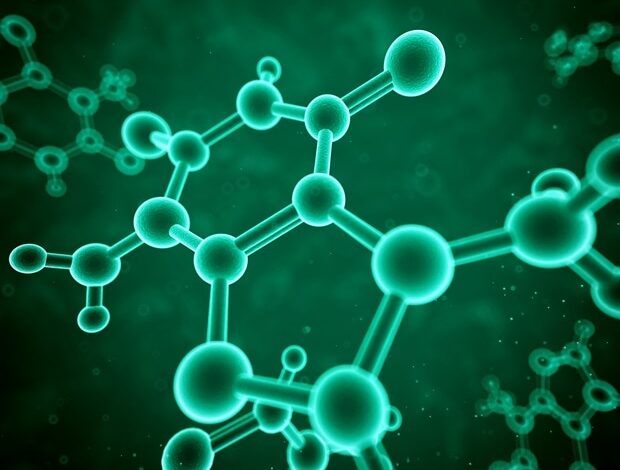Natural compound found in olives can lower blood sugar levels and promote weight loss

[ad_1]
Findings from a new mouse study suggest that elenolic acid, a natural compound found in olives, can lower blood sugar levels and promote weight loss. The research could pave the way to the development of safe and inexpensive natural products for managing obesity and type 2 diabetes in people.
The researchers found that after just one week, obese mice with diabetes that were given oral elenolic acid weighed significantly less and showed better blood sugar (glucose) regulation than before treatment and compared to control obese mice not receiving elenolic acid. The glucose-lowering effect was comparable with that of the injectable diabetic medication liraglutide and better than metformin, one of the most common oral medicines for type 2 diabetes.
Lifestyle modifications and public health measures have had limited impact on the rising prevalence of obesity, one of the top risk factors for type 2 diabetes. Available obesity drugs are ineffective in weight loss maintenance, expensive and/or carry potential long-term safety risks. Our goal was to develop safer, cheaper and more convenient multi-targeting agents that can prevent the occurrence of metabolic disorders and type 2 diabetes.”
Dongmin Liu, PhD, research team leader, professor, Department of Human Nutrition, Foods and Exercise at Virginia Tech
Hana Alkhalidy, PhD, a research scientist in Liu’s lab at Virginia Tech, will present the findings at NUTRITION 2024, the flagship annual meeting of the American Society for Nutrition held June 29–July 2 in Chicago.
Liu’s research team focuses on discovering bioactive compounds from natural products for diabetes management. Previously, they looked for specific molecular targets for natural compounds in parts of the body that actively help regulate metabolism, such as the pancreas, muscle, fat tissues and liver. However, since natural products typically have poor bioavailability, they decided to see if they could instead target metabolic hormone secretion in the gut to indirectly regulate metabolic function.
For the new work, the researchers began by identifying natural compounds that act on L-cells, which contain two metabolic hormones released during a meal. These hormones, called GLP-1 and PYY, work together to promote satiety and prevent overeating while also controlling blood sugar levels and metabolism. The screening process revealed that elenolic acid, which is found in mature olives and extra virgin olive oil, can induce the release of these hormones in the gut. They were able to make elenolic acid by breaking down its precursor oleuropein, which is less expensive than extracting it directly from olives.
Tests of the compound in obese mice with diabetes revealed that mice that received oral elenolic acid experienced significant improvements in their metabolic health compared to obese control mice. After four to five weeks of treatment, the mice showed a 10.7% reduction in obesity as well as blood sugar levels and insulin sensitivity that were comparable to those of healthy lean mice.
The elenolic acid also significantly reduced food intake and promoted weight loss, which are associated with improved circulating levels of PYY and GLP-1 and the downregulation of agouti-related peptide in the hypothalamus. Agouti-related peptide is known to increase eating and weight gain when overexpressed.
“Overall, the study showed that elenolic acid from olives has promising effects on hormone release and metabolic health, particularly in obese and diabetic conditions,” said Liu. “The compound seems to mimic the physiological conditions of eating to directly promote gut metabolic hormone secretion, which helps regulate energy balance and metabolic health.”
According to the researchers, the concentration of elenolic acid in olive oil or olives is very low, so the benefits seen in this study would most likely not be gained from olive products alone.
The research team is now working to understand how this compound creates metabolic benefits by analyzing its journey through the body to find out how it is absorbed, distributed, metabolized and excreted. This will also reveal insights into its safety for future clinical trials.
Alkhalidy will present this research at 3:12-3:25 p.m. CDT on Saturday, June 29, during the Bioactives in Health and Disease oral session in McCormick Place (abstract; presentation details).
Source:
[ad_2]
Source link




